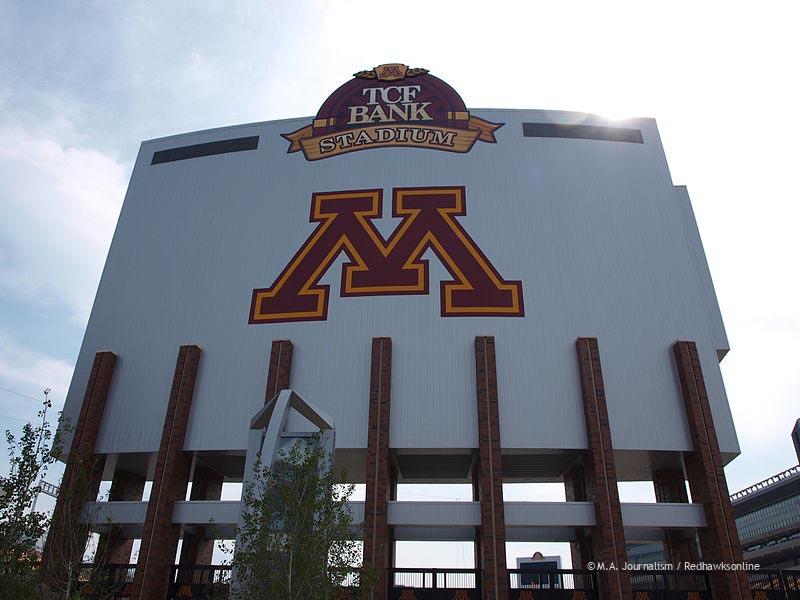The different paths you can take to get into college
Attention MA students: college lies in all of our futures, but there are many roads you can take to get to your destination. MA is a college prep school informing you of the choices and helps you with your essays, but in the end, it comes down to your decision. There are typically three different paths to submitting your applications to colleges. Here are the three options: Early Action, Early Decision, and Regular admissions.
The first path, Early Action, is submitting your application early to a college or university ahead of the regular application deadline. The application deadline is early, and only a few universities allow it, but it offers a way to apply to favored schools in order to get an early answer from admissions, so applicants can build plans off of their results.
“So that’s typically November 1 for all colleges; some have an October 15 [deadline],” said Christine Paton, a counselor who has been helping the juniors and seniors with college applications for several years.
Early Decision is making a commitment to a school; if you are accepted you will drop all others and go to that school. Use this option only if you have a clear-cut favorite school, and if you know you can pay to go there. For many colleges, early-decision acceptance rates are much higher than the rates for “regular” admissions.
For example, Northwestern University in Evanston, IL, has a 3% to 5% admittance rate when you apply for regular admission. However, when you choose early commitment, the acceptance rate increases five times to 15% to 25%.
“Colleges are actually admitting larger amounts of students in the early action and early decision than in the regular,” Paton said.
Here are the numbers: “Some colleges have reported that they’re admitting 50 to 60 percent of all of their students in the early action [and] early decision pool, some colleges upwards of 80%, which means if you don’t apply early to some of those schools, you only have about a 20% chance now, or only 20% of their class is going to be admitted in the regular decision, which is usually in January or February,” Paton said.
“So when you apply for Early Decision you’re telling that college, ‘I’m going to apply early,’ and that’s usually also November 1, or November 15.”, explained Paton.
Early decision comes with its cons. You won’t know how much financial aid you will receive when you promise to enroll, meaning you could be stuck paying tens of thousands of dollars a year to attend that school, and if your family doesn’t have the money, you’ll have to take out large loans.
And lastly, Regular Decision tends to be around January, and this is the latest time you can submit your application to a college.
In other words, Early Action and Regular Admission are both non-binding, while Early Decision is binding no matter the financial aid offered to you. Some highly selective colleges boast a much higher acceptance rate when you commit early to their school rather than through regular admission.
For bigger colleges such as universities, early commitment can be a deal breaker in terms of acceptance rates. However, it also raises eyebrows. Are you sure you can pay? Are you sure you want to attend that college?

